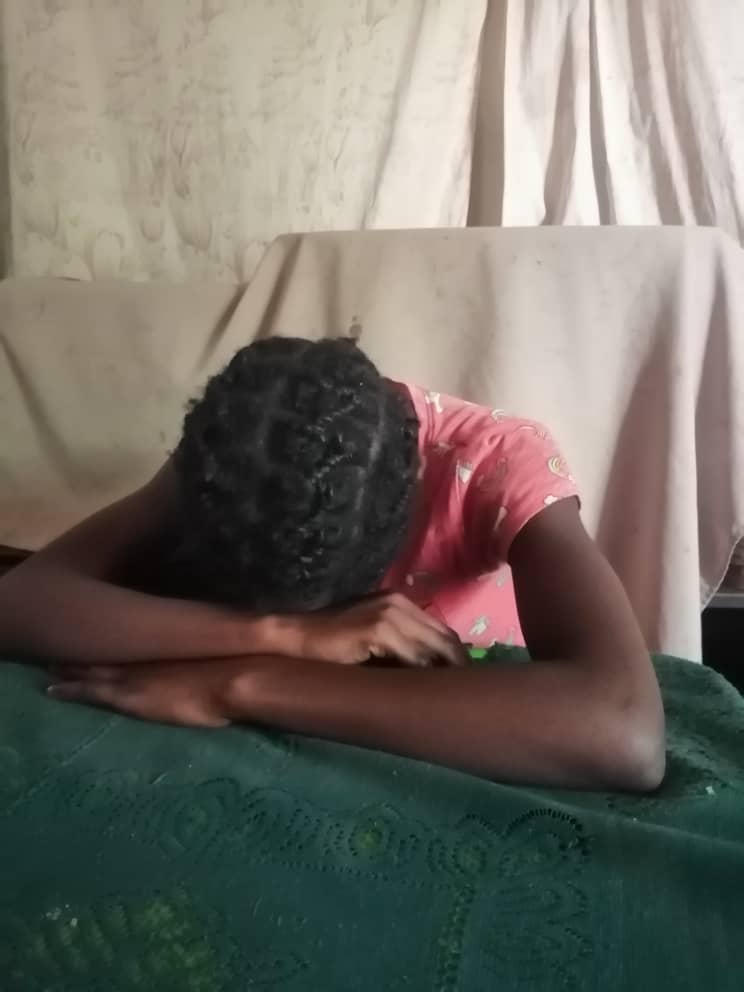Hundreds of Ovambanderu will descend on the garden town of Okahandja this weekend to commemorate the battle of Otjunda in which their chief, Kahimemua Nguvauva, was executed on 12 June 1896, as punishment for participating in an uprising against German colonialism in the Gobabis area.
The commemoration this weekend will also serve as the official gravestone unveiling event for Kilus Munyuku III Nguvauva, the Ovambanderu chief who died last year.
The community also intends to use the weekend’s ceremonies to officially begin the period of mourning for the late Kilus.
In addition, the ceremony will serve to introduce chief-designate Tjozohongo Eben Nguvauva, who was selected to succeed his half-brother, the late Kilus, in April of this year.
Tjozohongo (53) is the third oldest son of the late Ovambanderu chief Munjuku II Nguvauva.
His coronation is set for October this year at Omawejozonjanda in the Epukiro constituency of the Omaheke region.
Chief Kahimemua Nguvauva was the OvaMbanderu chief in what was then German South West Africa.
He was born at Omusarakumba, 18 kilometres north of Okahandja and became leader of the OvaMbanderu in eastern Namibia.
He led the OvaMbanderu community in resistance against German colonial occupation in battles at Gobabis and Otjunda in the Omaheke region in the 1890s.
Nguvauva was declared a rebel for defending their rights and property.
A bounty was placed on his head and the position of chief revoked.
It was at Otjunda in 1896 when the decisive battle took place.
Kahimemua was captured and tortured at Kalkfontein and taken by the German forces as a prisoner to Okahandja, where he and Nicodemus Kavikunua were brutally executed by a German firing squad on 12 June.
Kahimemua was shot 11 times all over the body but did not die.
He died only after he pointed out to his executors that the chief dies only when he is shot through the forehead – and then the 12th bullet was shot.
The grave of Kahimemua Nguvauva is situated on an erf along Kahimemua Avenue in Okahandja.
It was officially proclaimed a national monument on 7 February 1980.
Speaking to New Era yesterday, traditional councillor Illeni Henguva said other dignatories to grace the event include a special delegation from Braunschweig Museum, Germany, where Kahimemua’s belt is kept.


